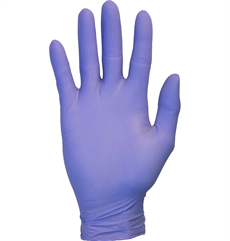Pediatric surgery presents unique considerations when it comes to surgical gowns and their use. These considerations are primarily related to the smaller size and unique needs of pediatric patients. Here are some special considerations for surgical gowns in pediatric surgery:
- Size and Fit: Pediatric patients are much smaller than adult patients, so surgical gowns need to be available in various sizes to ensure a proper fit. Ill-fitting gowns can compromise the barrier function and make it more challenging for surgeons and healthcare professionals to work effectively.
- Comfort and Mobility: Pediatric surgical gowns should be designed for the comfort and mobility of younger patients. Children may become anxious or agitated when they are uncomfortable, so gown materials should be soft and non-irritating. The design should allow for ease of movement to accommodate the unique challenges of pediatric surgery.
- Accessibility: Pediatric surgical gowns may need to be adapted to allow for easier access to certain areas of a child’s body. Surgeons often need to make adjustments for procedures specific to pediatric patients, such as neonatal surgery or surgeries on extremities.
- Customization: Depending on the surgical procedure, pediatric surgical gowns may need to be customized with additional features. For example, gowns used in pediatric cardiac surgery may have specific pockets or access points for medical devices and monitoring equipment.
- Age-Appropriate Designs: To help alleviate anxiety and fear in pediatric patients, some surgical gowns for children may be designed with fun and colorful patterns or characters. Child-friendly designs can create a more positive and reassuring environment in the operating room.
- Parental Involvement: In many pediatric surgeries, it is essential to allow parents or caregivers to be present during the procedure. This may require gowns that accommodate both the child and a parent, allowing for physical comfort and emotional support.
- Sterility and Infection Control: Maintaining sterility is critical in pediatric surgery, just as in adult surgery. Pediatric surgical gowns should adhere to the same standards for sterilization and infection control to minimize the risk of postoperative complications.
- Communication: Communication with pediatric patients is different from communicating with adults. Gowns or PPE used in pediatric surgery should allow for clear and unobstructed communication, which may include the use of clear face shields or masks with child-friendly designs.
In summary, pediatric surgery requires specialized considerations when it comes to surgical gowns to ensure the safety, comfort, and well-being of young patients. These gowns should be appropriately sized, comfortable, and adaptable to the unique needs of pediatric procedures, while still maintaining the same standards of sterility and infection control as adult surgical gowns.























